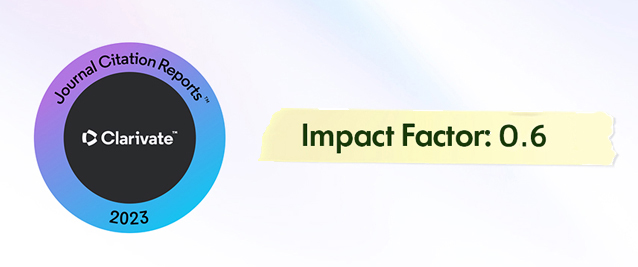Abstract
In present study, starch was isolated from the taro tubers grown in Mersin, Turkey and the physicochemical, structural, and pasting properties of starch were examined. Hydrocolloids (guar gum, xanthan gum, xanthan-guar gum mixture) were used with different concentrations (0.5 and 1%) with the purpose of investigating their effect on pasting properties of taro starch. Taro starch was isolated in 95.16% purity. The resistant starch content of the taro starch was 3.14% and the amylose content was 9.92%. X-ray diffractometry displayed an A-type crystal pattern for taro starch. Taro starch granules showed irregular structure with the polygonal shape and size that ranged between 0.5 and 3 μm. Increase of gum concentrations significantly increased the peak viscosity, final viscosity, setback viscosity and breakdown viscosity parameters as well as guar gum had more dominant effect when compared with the xanthan gum, and mixture of guar-xanthan gums. As the 1% guar gum added the peak, final, breakdown and setback viscosity values increased from 1786.50 cP to 8787.00 cP, from 2804.50 cP to 6439.00 cP, from 453.60 cP to 5760.00 cP and from 1471.50 cP to 3412.00 cP, respectively. The findings of this study highlighted that taro starch could be offered as an alternative source for food product development or industrial applications due to physicochemical, functional properties and positive interactions with gums. It is thought that this study to increase the use of taro will also benefit the economy of the regions where it is grown.














